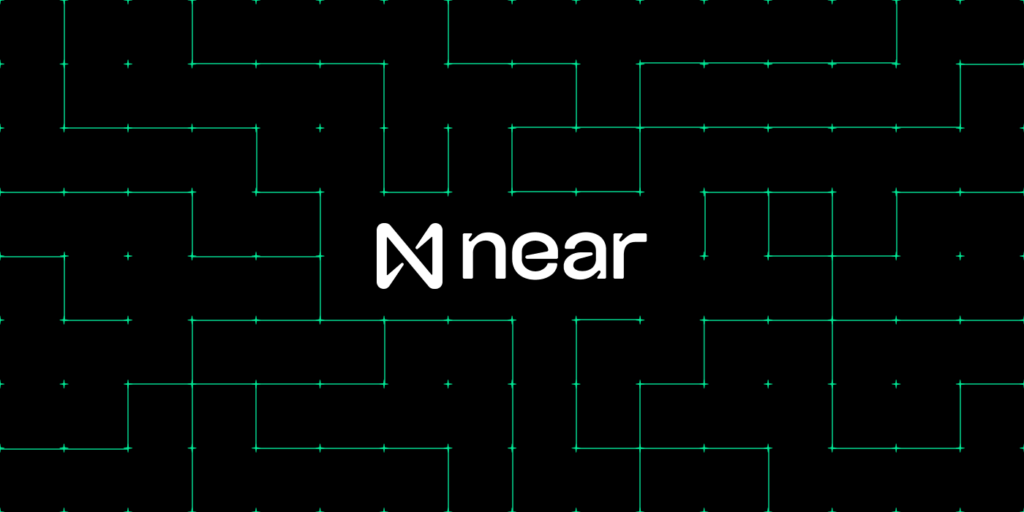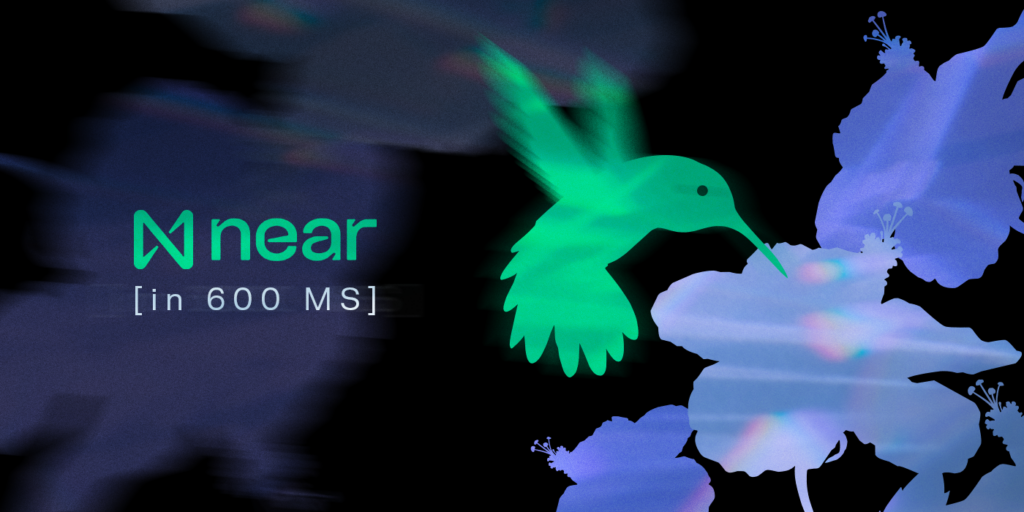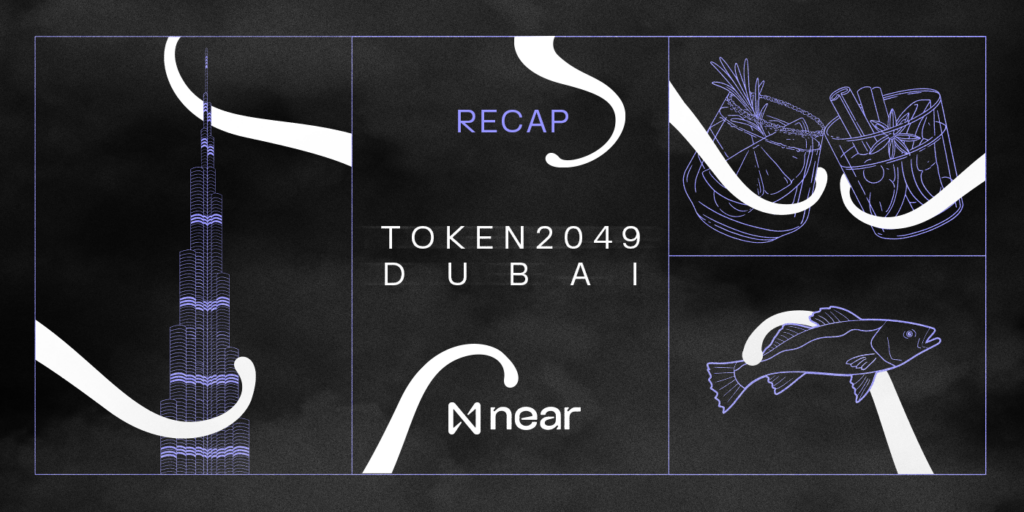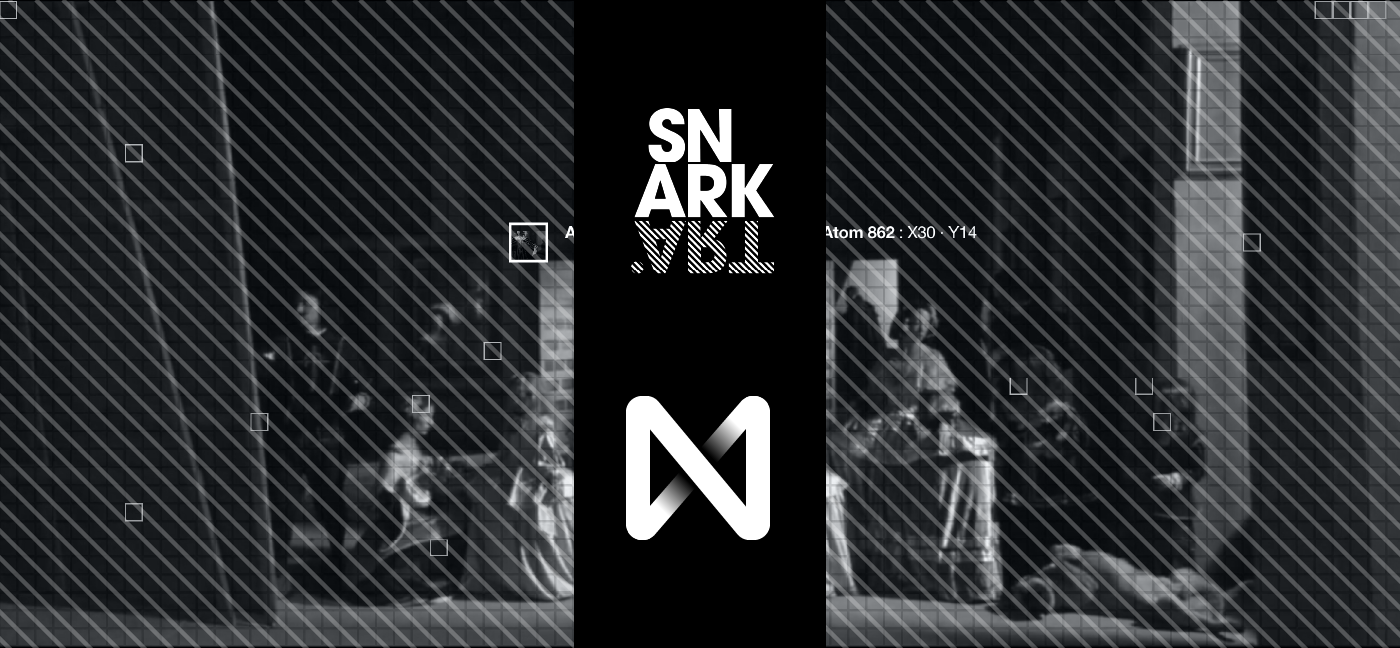A Platform for Interactive Collectibles by Renowned Artists
Art existed since the dawn of time, but the majority of people don’t own art due to prohibitively expensive cost of it. It’s viewed as a luxury. Private collections and public galleries existed for centuries, but the mainstream ownership of art never quite happened.
As the Internet became mainstream, various forms of entertainment became digitized: notably books, music, publications, and movies. As a result, in many of these industries, the power shifted from old guard like Warner Brothers to new guard like Netflix.
Art ownership didn’t quite become mainstream in its digital form, partially due to the lack of digital scarcity. As younger generation artists try to utilize new digital channels (Instagram) Artsy) to monetize their work, the Internet still feels like a place to advertise your offline work. It’s bizarre since it feels like we are not in 2020, and instead 25 years back.
As it might be obvious, the younger generation is showing less affection for physical art and museums. Museums are attracting audiences 35-44, but not connecting with younger audiences, 18-24. There was a 16% increase in visitors between 35 and 44 and a 23% decrease in visitors between the ages of 18 to 24 recently.
On the supply side of the market, it is very hard to become an artist that can get paid well due to a lot of issues with high priced art not being liquid.
How can you enable the mass market ownership of digital art while providing more sustainable livelihood to artists?
Introduction to Snark.Art
For the longest time, the question of scarcity of supply of digital art was driving the question of whether digital art is marketable, as galleries were deciding on how to use online channels in distributing their physical art. Sooner or later, however, the art market had to move online.
What was holding off the move to online art ever since the beginning of the Internet was the digital scarcity? With the creation of programmable platforms like Ethereum, one of the branches of experimentation focused on non-fungible tokens, such as digital assets within games and digital art. For the first time ever, the concept of digital scarcity was explored.
As OpenSea and other marketplaces start to get to seven-eight digit annual volumes, digital art is inevitably a piece of this larger digital asset pie. Digital art is now scarce and secured through the use of blockchain technology.
Snark.art is pioneering the evolution of this trend, adding both interactivities to otherwise simple experiences & bringing the vast network of artists into this new world.
Snark.art is creating a digital art platform for artists to enable the production and selling of digital assets, management of their community, and enabling the liquidity through the secondary marketplace post the initial sale.
It leads to two major advantages to artists: the ability to tap into younger demographics (by selling cheaper pieces to much larger audiences) & enabling liquidity in the marketplace that wasn’t liquid prior to this.
For example, Snark.art worked with top artists like Eve Sussman who was able to distribute over 1,400 pieces of art at $120 each, leading to well over $150,000 in proceeds to the artist.
An experiment in ownership and collective interaction, the piece can be reassembled and screened at will by the community of collectors. As an additional effect, the process creates a unique community of buyers who now can participate in the screening by combining their pieces to be able to see the full picture.
Why Blockchain:
The blockchain serves primarily three functionalities in this case: creating digital scarcity, creating divisible components that are now accessible to the mass market, and opening up secondary markets to bring liquidity in previously illiquid markets.
In this case, the liquid markets over time will be able to sustain the livelihood of artists who previously wouldn’t be able to make a living while pursuing their passions.
As the next generation blockchains launch in 2020, they bring both usabilities of mainstream web applications and scalability needed for the interactivity part of the experiences. As a result, we will move past simple non-fungible token experiences (e.g. CryptoKitties success in 2017) and develop the use cases unexplored before.
The ideal state of the ecosystem is to enable blockchain-based marketplace with the economy on top of it, which allows artists to monetize their work directly and have the ability of the community to not only have partial ownership in future economies of digital art forms but also dictate the direction of community-owned and operated web service.
Further Reading
Example of Snark.art project
What’s new for the Internet: community-owned and operated web services
Share this:
Join the community:
Follow NEAR:
More posts from our blog



